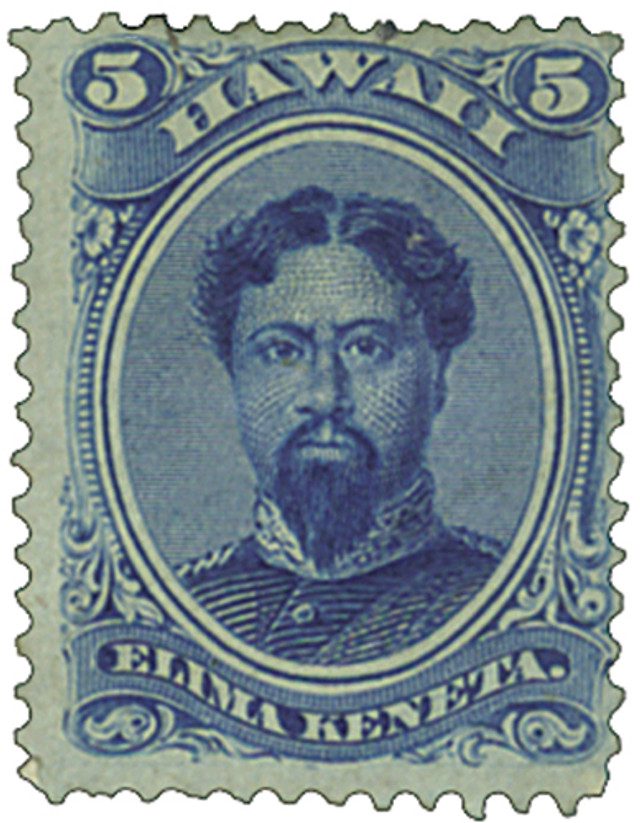
Hawaii’s King Kamehameha V was born on December 11, 1830, in Honolulu, Oahu. He was the last ruler to use the name Kamehameha and focused his time on the prosperity of his people and returning to traditional values.
Kamehameha V’s full name was Lota Kapuāiwa Kalanimakua Aliʻiōlani Kalanikupuapaʻīkalaninui, which means sacred one protected by supernatural powers. As was the tradition in Hawaii at the time, he was adopted and raised by another family: his grandmother and step-grandfather. Because he felt mistreated, he tried to do away with the tradition as an adult.
Being part of the royal line, Lota was educated by American missionaries at the Royal School established for Hawaiian nobility. After graduation, he traveled the world with his younger brother Alexander Liholiho. They visited the US, the Caribbean, and Europe. Along the way, they met with US President Zachary Taylor, Britain’s Prince Albert, and France’s President Napoleon.

When they returned to Hawaii, Alexander was chosen to be King Kamehameha IV in 1854. Lota served in government as a member of the Privy Council, in the House of Nobles, as minister of the Interior, and then chief justice of the Supreme Court. In 1862, Lota was added to the noble line of succession. This meant he would be king if his brother died without any heirs.
The ruling proved to be timely, when Alexander died the next year without any children. Lota came to power on November 30, 1863. Because of his previous government service, he was better prepared to rule than any of the kings before him. The new king began the process of changing the constitution to give him more power. It was completed in 1864, and King Kamehameha V signed it in August.
During his reign, Kamehameha V brought back traditional practices after they had fallen out of favor when western ways were introduced. He repealed laws against “kahunaism,” the use of medicine men to treat medical conditions. To protect his people, the king refused to sign a bill allowing the sale of liquor. He said, “I will never sign the death warrant of my people.”
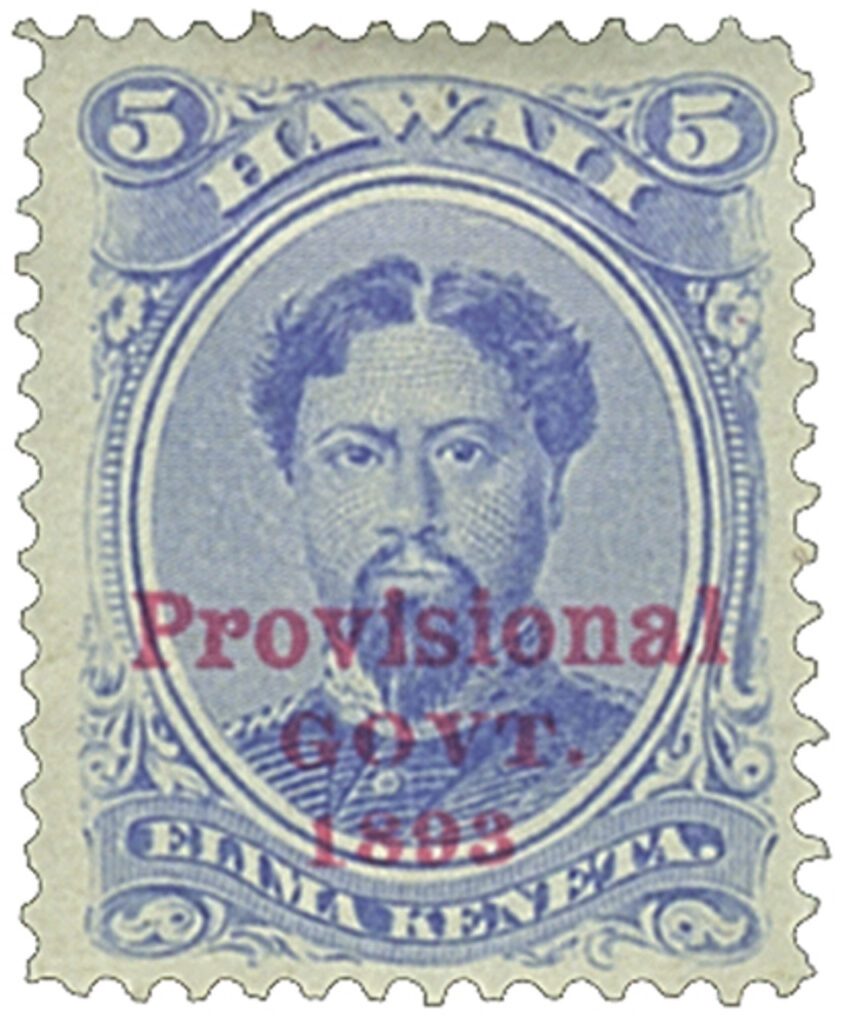
Kamehameha V has been described as the last great traditional chief. He also promoted several building projects, including a post office, palace, prison, Royal Mausoleum, schools, warehouses, and other government buildings.
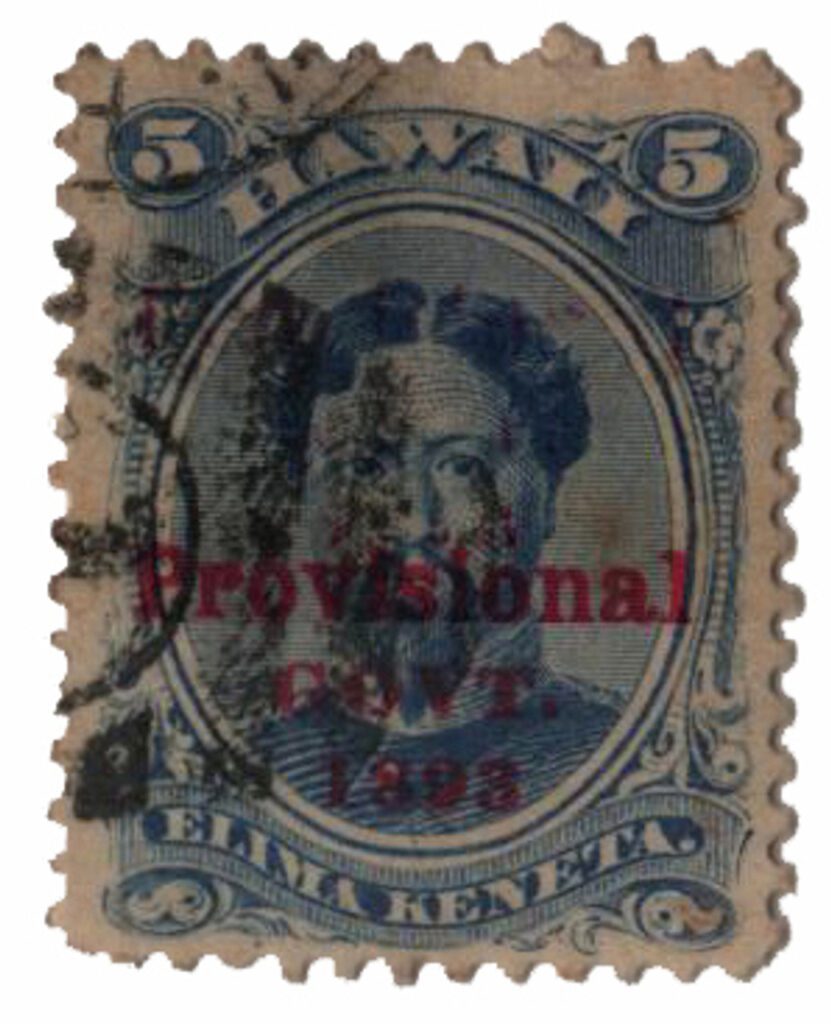
In addition to returning to traditional practices and protecting the islanders, the king also encouraged trade and tourism. England and Germany both sent representatives to Hawaii. American author Mark Twain visited for four months. He was impressed with King Kamehameha V, calling him “a wise sovereign” and noted “he was popular, greatly respected and even beloved” by the people.
The king never married, so his sister was in line for the throne. She died in 1866, and Kamehameha V did not name a new successor. In December 1872, his health was failing. On the 11th, his birthday, he asked his cousin Bernice Pauahi Bishop to rule after him, but she refused. An hour later, he died. Before his death, Kamehameha V said, “The throne belongs to Lunalilo; I will not appoint him, because I consider him unworthy of the position. The constitution, in case I make no nomination, provides for the election of the next King; let it be so.”
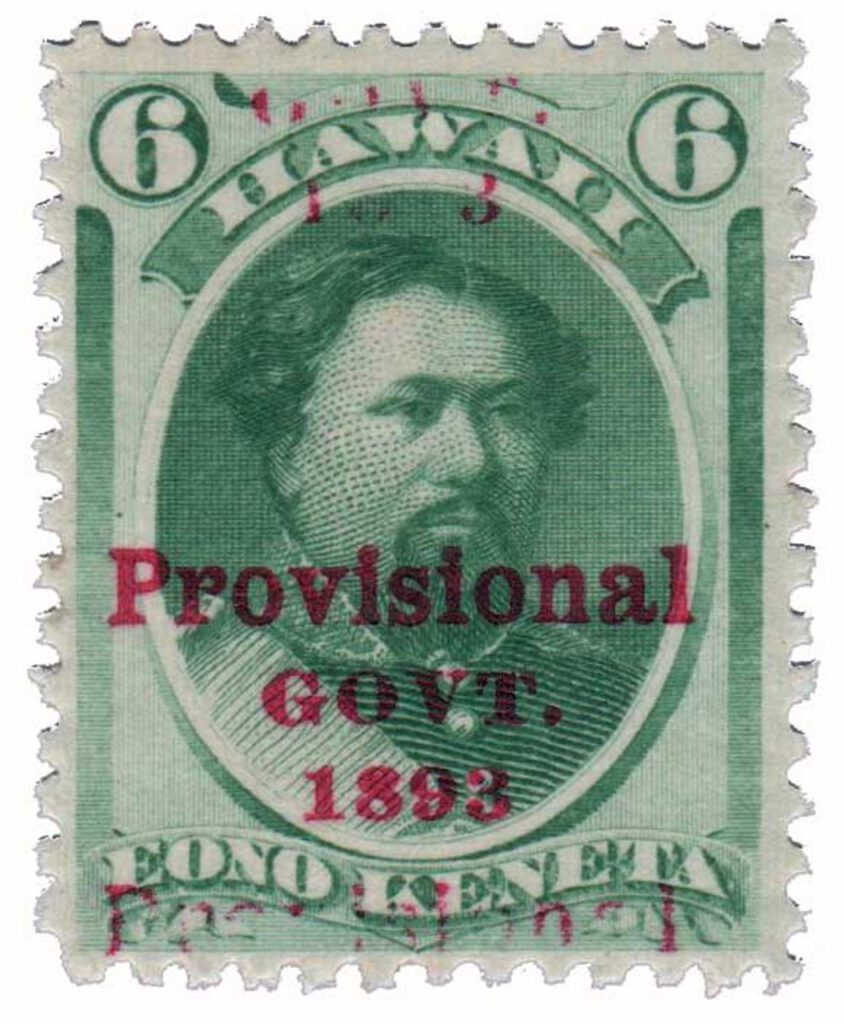
As the king had stated, without a named heir, an election by the legislature would be held to choose the next monarch from the remaining royals. Lunalilo was a grandnephew of King Kamehameha I, and the most popular royal left, with Bishop refusing the throne. He became Hawaii’s first elected monarch.
Click here for more Hawaii stamps.
| FREE printable This Day in History album pages Download a PDF of today’s article. Get a binder or other supplies to create your This Day in History album. |
Discover what else happened on This Day in History.

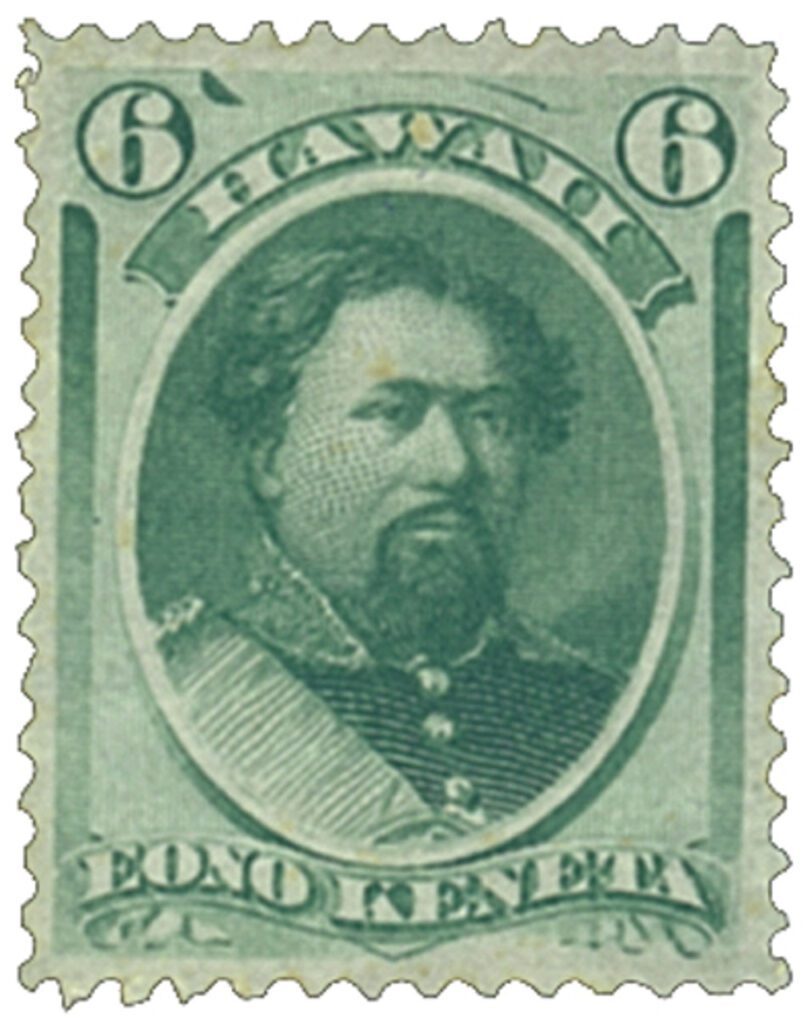
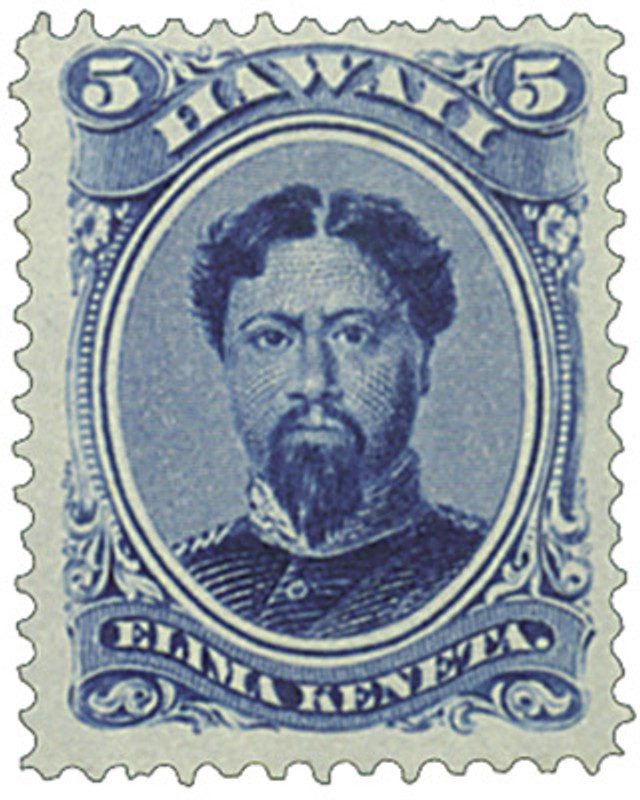
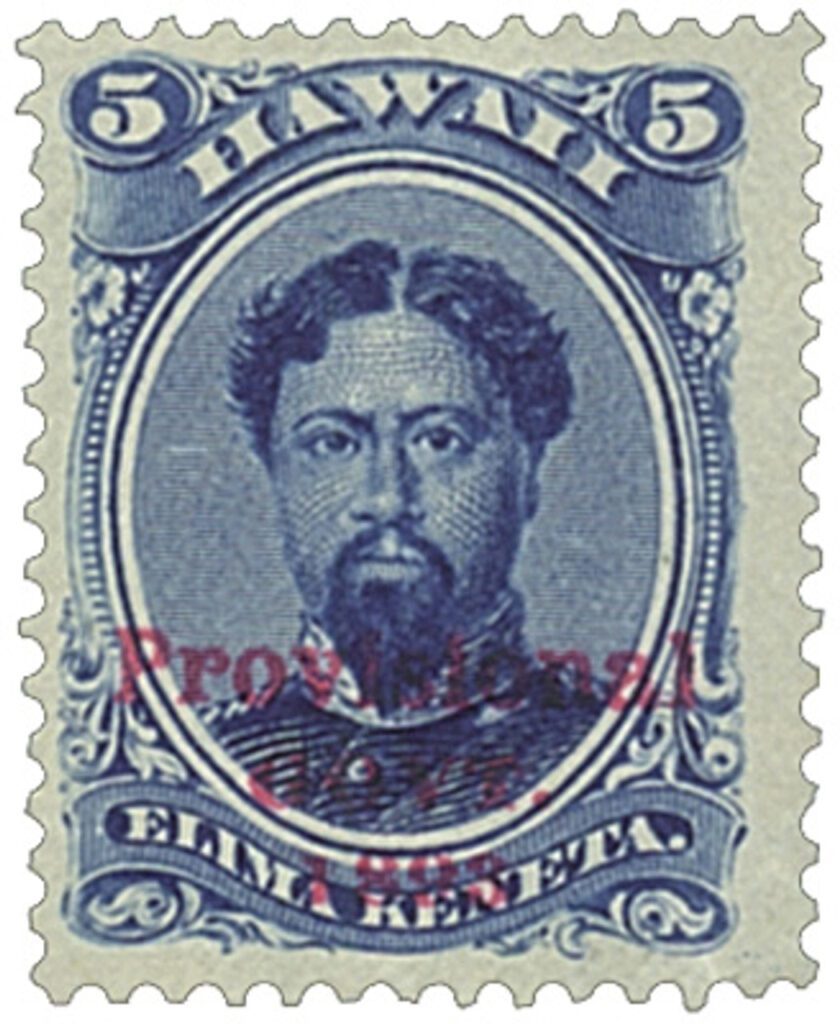
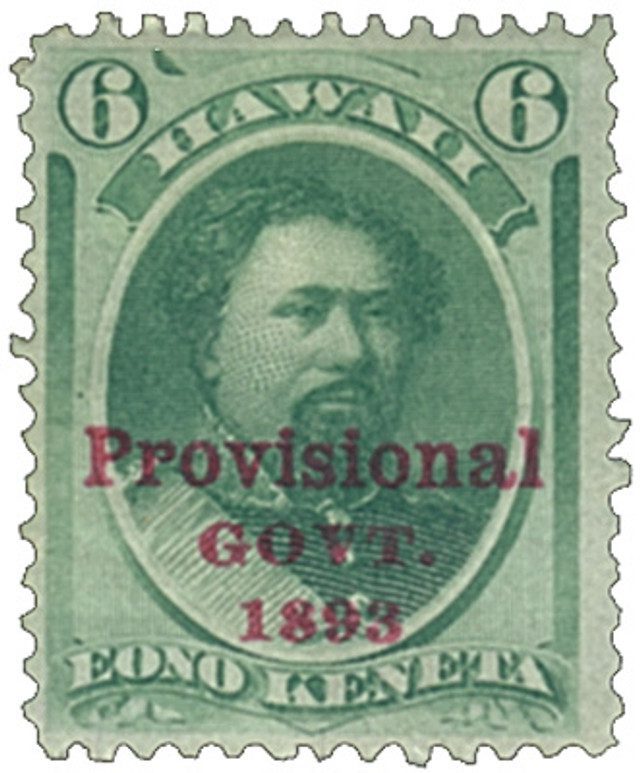
Thanks for this great information. It was amazing how so much happened in Hawaii.
Yes such an excellent and very detailed account of Hawaiian royalty.